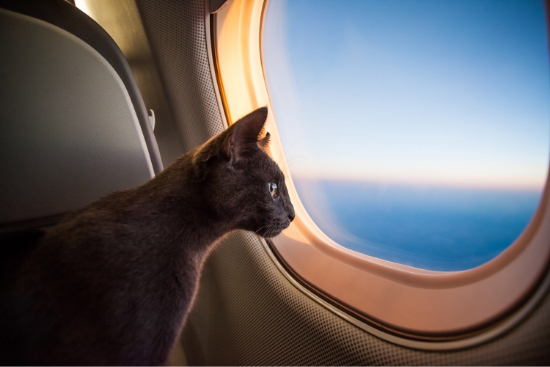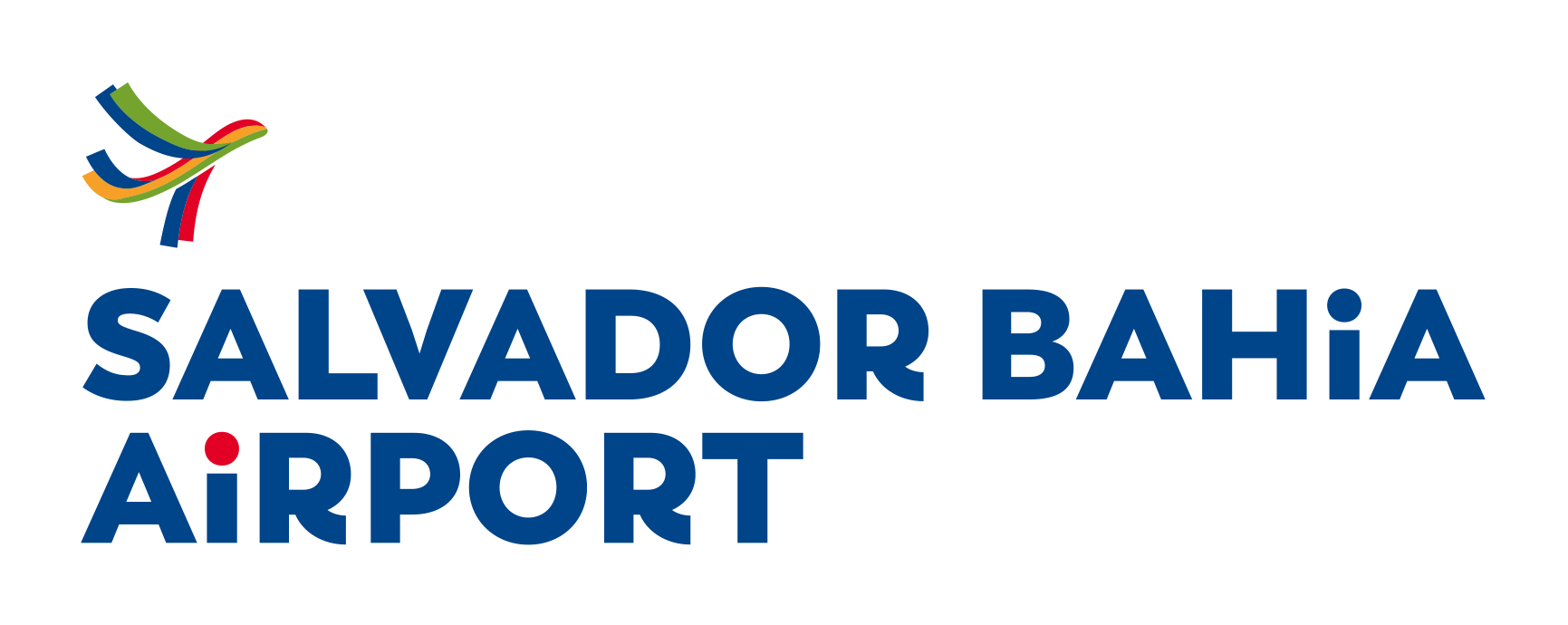Traveling with Animals
Everything You Need to Know About Flights with Animals
Traveling with your best friend can make your trip even more special!
However, just like their owners, pets also need to prepare properly before boarding. Therefore, it is essential to carefully read the rules and guidelines to ensure that your pet has a comfortable and safe experience. Additionally, to avoid any unpleasant surprises, we recommend checking the airline's transport policies in advance. Each airline has its own specific requirements, and these may vary between domestic and international flights.
1
Dogs and Cats
Pets can only board after presenting certain documents and certificates. For domestic flights, the following are required:
- Vaccination record with proof of polyvalent and rabies vaccinations administered more than 30 days ago and less than a year ago;
- Health certificate issued by a veterinarian within 10 days of travel, confirming that the pet is healthy and fit for travel.
2
Guide Dogs
Guide dogs are allowed to travel for free, on the floor of the aircraft cabin, next to their owner, under the owner's control, wearing a harness, and exempt from wearing a muzzle. The guide dog must be positioned in such a way that it does not block the aircraft aisle. Additionally, the owner must comply with the national health authorities' requirements and the destination country's regulations when applicable. The owner must present documents proving the animal’s training and identification, as well as provide the necessary food.
3
Native Wild Species
To transport animals from the Brazilian fauna, a Guide for Animal Transit (GTA) issued by a veterinarian authorized by the Ministry of Agriculture, Livestock, and Environment (MAPA) or by the relevant state health authority is required. In the case of these species, it is also necessary to prove that the animal was acquired legally by presenting the purchase invoice from a breeder or a licensed wildlife trader authorized by the competent environmental authority. If this document is unavailable, a transportation license issued by the competent environmental authority must be presented.
4
Exotic Wild Species
For traveling with exotic wild animals, a Guide for Animal Transit (GTA) issued by a veterinarian authorized by MAPA or the state health authority is required, along with authorization from IBAMA (Brazilian Institute of Environment and Renewable Natural Resources). The legality of the animal's acquisition must be proven by presenting the purchase invoice from an authorized breeder or wildlife trader. If the purchase invoice is not available, a transport license from the competent environmental authority must be provided.

International Flights with Animals
If you're traveling internationally with your pet, it's essential to pay attention to some key information, such as the acceptance of the animal species in the destination country, required vaccinations, and the issuance of an International Veterinary Certificate (CVI) by the Ministry of Agriculture, Livestock, and Supply (MAPA). The CVI is an important document that certifies the animal's good health and is required for the animal's entry into another country. Be prepared and plan ahead to ensure a smooth and safe journey for both you and your pet.
For more information, consult your airline or access the link below.
Questions and Answers
Airlines have a limited number of spots for transporting animals on each flight, so your pet’s transport is subject to confirmation. To ensure your pet's reservation, pay attention to important details, such as the type of animal you wish to transport and the dimensions of the transport box. Be sure to check the requirements of your chosen airline.
Except for guide dogs, all pets must be transported in an appropriate crate, following the maximum allowed dimensions for either the cabin or the cargo hold. Check with your airline for specific rules regarding pet transport.
To help your pet travel comfortably in the crate, it's recommended to begin the adaptation process 15 days before the flight:
- Keep the crate open and accessible for the pet in a place inside your home, allowing them to get familiar with the environment.
- Provide meals and play with the pet inside the crate, making it a comfortable space.
- While the pet is in the crate, close the door so it gets used to being inside. Gradually increase the time the pet stays inside and step away, so the pet also gets used to your absence.
Tips for Traveling with Your Pet
For a smooth trip, here are some tips that can make transporting your dog or cat easier:


